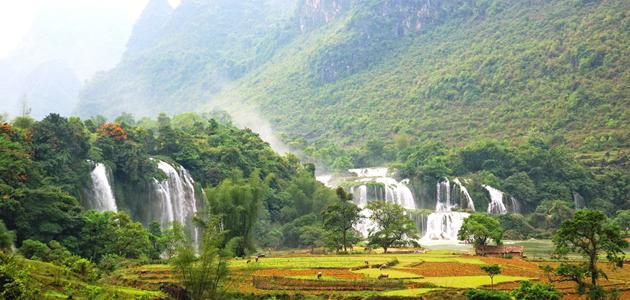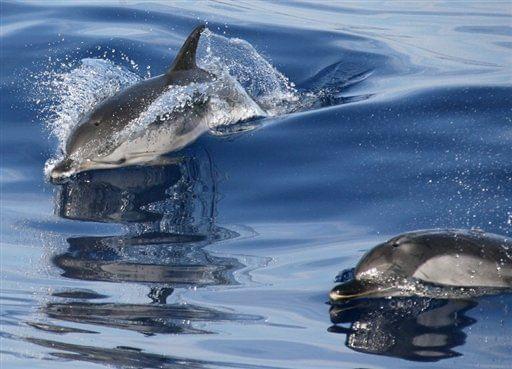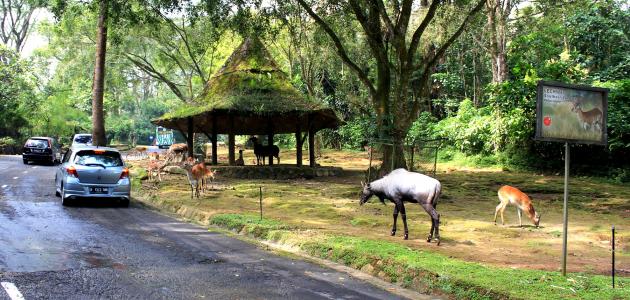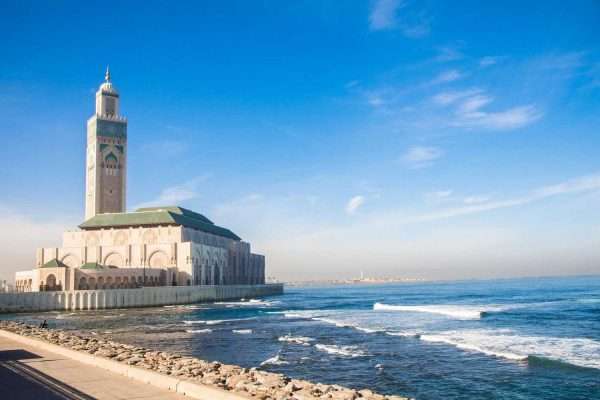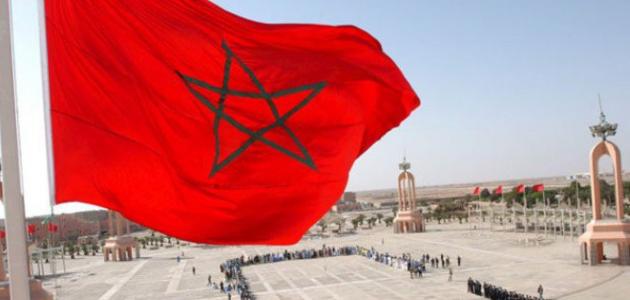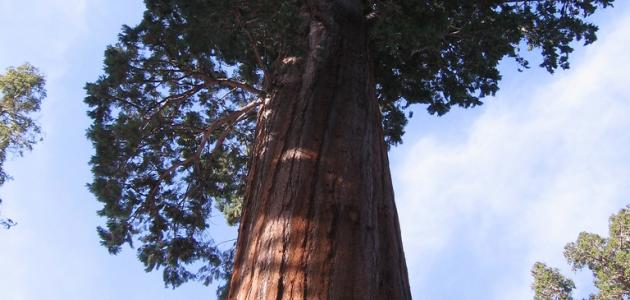Table of Contents
Canary Islands
The Canary Islands are a sea archipelago, consisting of seven main islands: Greater Canaria, Fuerteventura, Lanzarote, Tenerife, Palma, La Gomera, and El Hierro, in addition to a few smaller islands, most notably: Algransa , Graciosa, Mount Clara, West Roche, Eastern Roche, and Lobos. The Canary Islands are located in the Atlantic Ocean off the coast of Africa, but it belongs to the State of Spain. The Canary Islands have two official capitals: the city of Santa Cruz de Tenerife and the city of Las Palmas de Gran Canaria.
It is a common belief that the Canary Islands were named after the Canary bird; however, the islands in fact gained their name from the Latin word “canaria” and their meaning is a dog, because Europeans found dogs on the island when they first came to them, and it is believed that what they found was not dogs but rather a seal animal Which the Romens called the sea dog. As for the Arabic language, the Canary Islands are called the Canaries.
Canary Islands website
The Canary Islands are located in the Atlantic Ocean, opposite the northwestern coast of Africa, and the nearest point of the African coast to the Canary Islands is 108 km away. Astronomically, the coordinates of the islands extend between a longitude of ′ 28 ° 6N, and a latitude of 15′ 24 ° W. The Canary Islands are divided into two main groups of islands, the first is the group of western islands, which includes the islands of Tenerife, Gran Canaria, La Palma, Gomera, and Vero, this group of islands is characterized by the presence of mountain peaks rising directly from the sea floor, all of which exceed 1,200 meters altitude . The second group is the group of eastern islands, and includes the islands of Lanzarote and Fuerteventura, in addition to six islands surrounding a plateau that starts from under the sea called “Canary Ridge”, and rises from the ocean floor by a distance of 1,400 meters.
Geography of Canary Islands
Landforms
The Canary Islands are a marine archipelago formed as a result of volcanic eruptions that occurred millions of years ago, and thus possesses a volcanic mountainous nature. The volcanic mountain Ted, which is located on the island of Tenerife, is the highest mountain in Spain, and the highest peak in the Canary Islands, in addition to being the third highest volcanic mountain located in A volcanic island in the world, and the highest point above the sea level in the islands of the Atlantic Ocean, where the height of Mount Ted is 3,718 meters, and the mountain is considered an active volcanic activity, where the last volcanic activity occurred in 1909 AD. The lowest point in the Canary Islands is the Atlantic Ocean at 0 meters.
the climate
The Canary Islands have a subtropical climate; the islands experience warm temperatures with little variation in temperatures between seasons. In August, the temperatures reach a peak in August, and reach a maximum of approximately 26 degrees Celsius in the afternoon, for example, in La Palma, while winter temperatures reach a minimum of 21 degrees in January, while the rainfall rate is considered very small. It is rare to exceed 250 mm, and most of it is concentrated in November and December in all regions of the island, except for the northeastern areas of the islands, which are considered windward, and the rate of rain precipitation is 750 mm.
Residents of the Canary Islands
According to 2016 estimates, the population of the Canary Islands was 2,101,924 people, distributed among the seven main islands as follows:
Al Jazeera
Population (people)
Tenerife
891,111
Greater Canaria
845,195
Lanzarote
145,084
Fuerteventura
107,521
Not Palma
81,486
Not Gomera
20,940
El Hierro
10,587
History of the Canary Islands
The Canary Islands date back to ancient times, where some historians point out that the islands are the site of the legendary continent of Atlantis. The indigenous people of the Curry Islands belong to the Guanch, and they are Berber peoples who inhabited the Canary in the past. The missions of King Juba II of Mauritania to the islands in the year 40 BC caused the Romens to know the Canary, where the writers of Plotarchs and Pliny the Elder kept the writings of King Juba and when the Romens found the preserved writings they inferred the location of the islands, where the writer and Plinyius mentioned that the island contained large dogs the size.
In the year 999 AD, the Arabs started arriving to Gran Canaria, and started trading through it with their countries. During the 13th and 14th centuries AD, the Portuguese and French sailors from Genoa and Mallorca visited the Canary Islands, and in 1404 AD Jean de Bethncourt was installed as king on the islands by order of King Henry III of Castile, and occupied the islands of Fuerteventura, Lanzarote, and Ferro, and in 1406 AD King de Beethenkort returned to Europe, he inherited the rule in the Canary by his nephew Masiot, and between 1420 and 1479 AD, Portuguese forces subjected Gomera to their rule, but upon the conclusion of the Cacophas Agreement in 1479 CE, Spain’s sovereignty over the Canary was recognized, and the occuAl Bahahn of the rest of the islands was completed in 1496 AD, thus the islands became an important Spanish base Dirty Her pilgrim blood, Christopher Columbus, rejuvenated his naval fleet on his cruises to the Americas.
In 1936, the Spanish general, Francisco Franco, used the Canary Islands as a first base for the Spanish National Revolution, which then reached Morocco, which was colonized by Spain, and after the death of General Franco in 1975 AD, movements calling for independence were established, following which a democratic constitutional monarchy was established in Spain, which led Until the Canary Islands get their autonomy.


